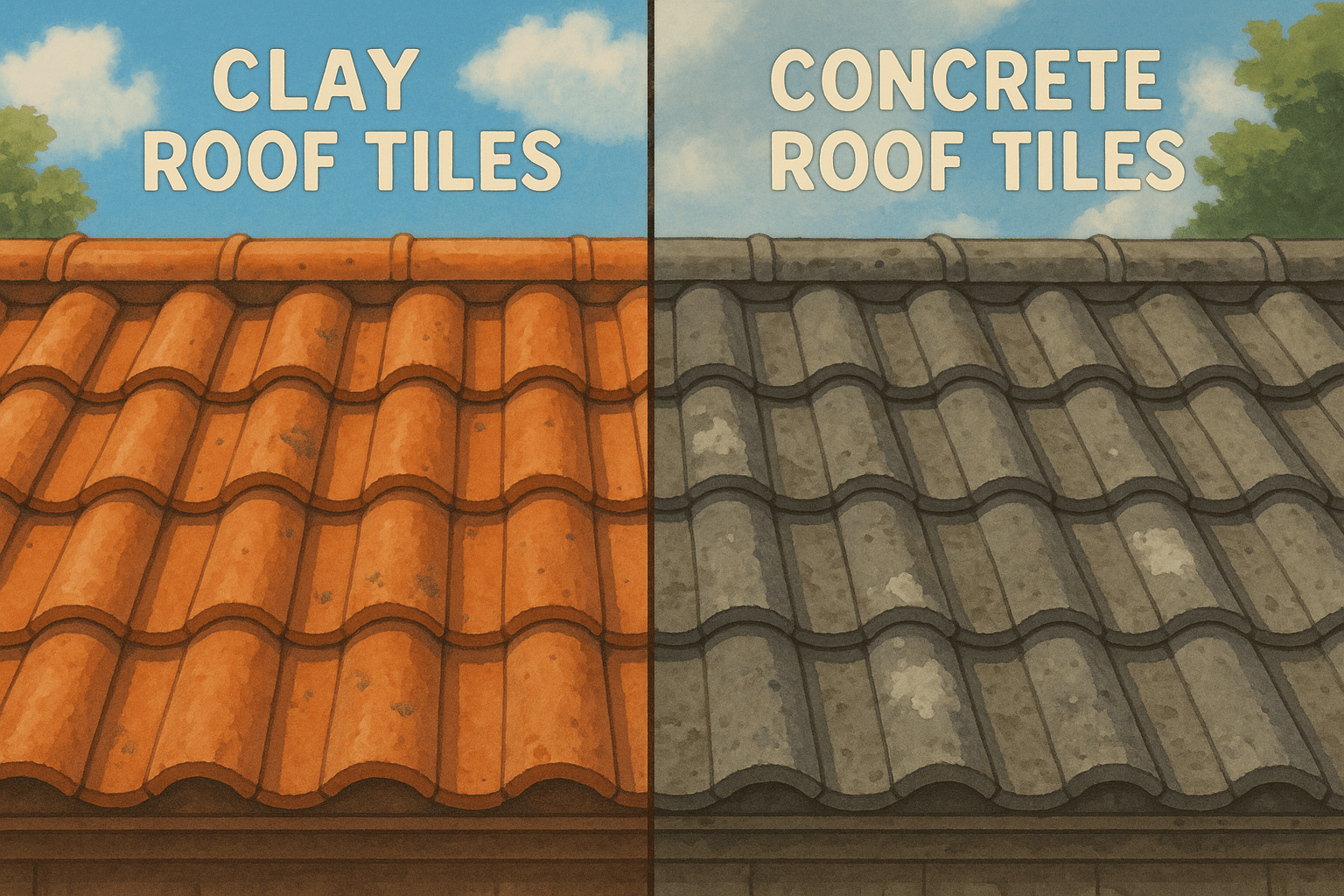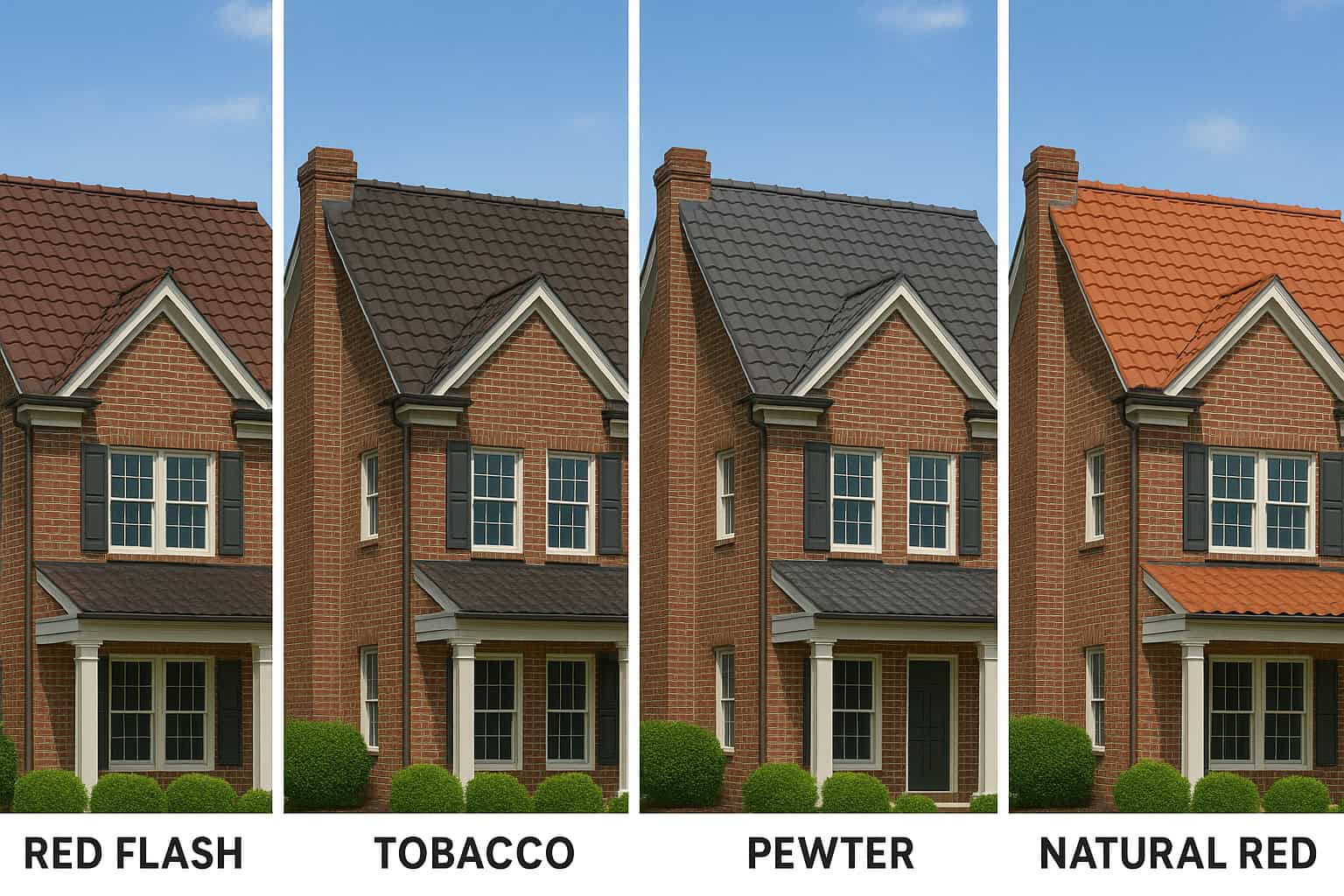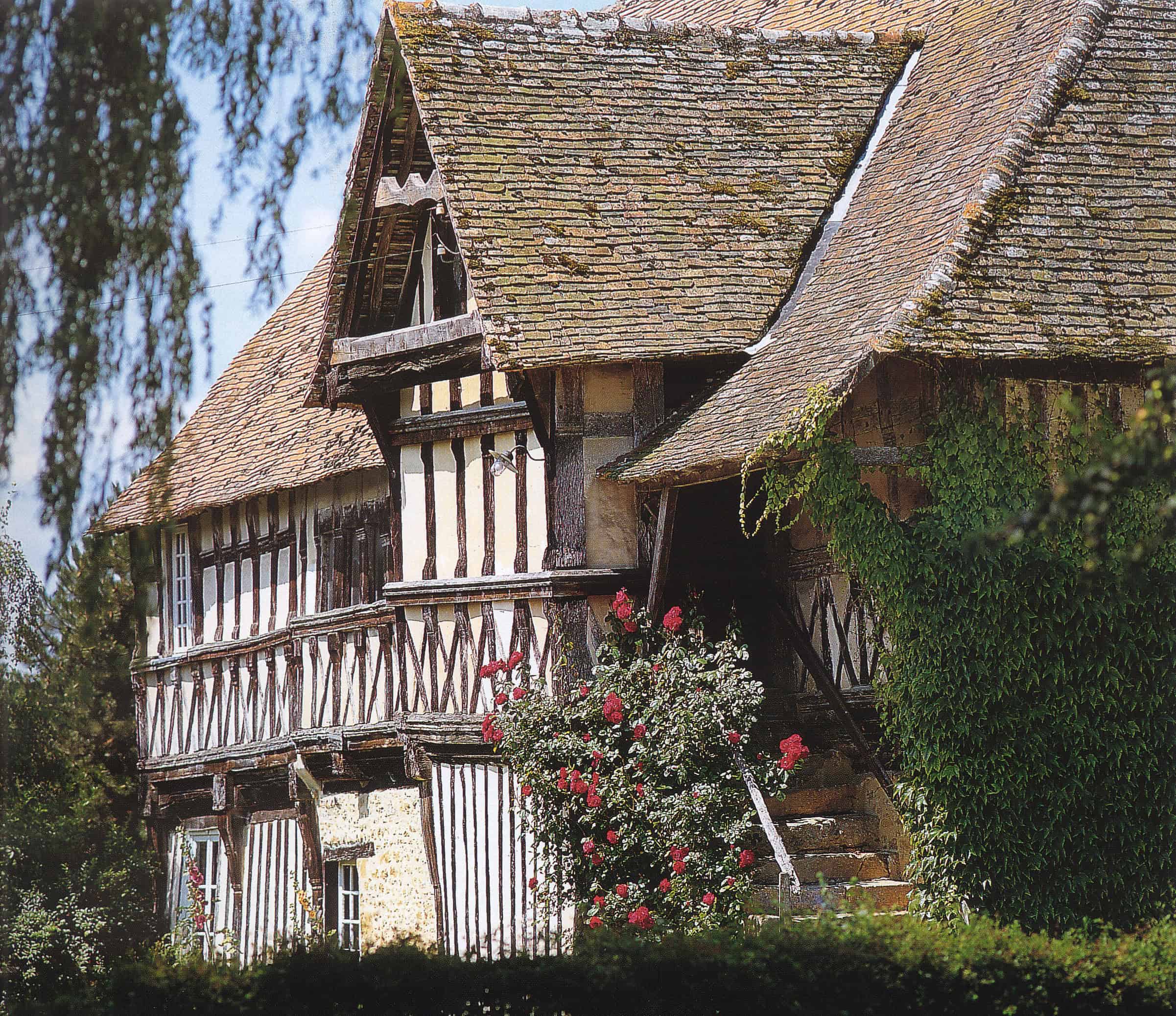When choosing a roofing material, homeowners, builders, and architects often find themselves weighing two popular options: clay tiles and concrete tiles. Both offer a range of benefits, but when it comes to beauty, performance, and longevity—clay takes the crown.
Let’s break down the key differences and see why clay is the smart choice for your next roofing project.
1. Appearance: Clay Ages Gracefully, Concrete Fades Fast
Clay Tiles: Naturally rich in color thanks to the mineral composition of the clay itself. Over time, clay develops a beautiful patina and maintains its color without the need for artificial dyes.
Concrete Tiles: Typically colored with surface pigments or coatings, which can fade, streak, or wear off over time due to sun, rain, and freeze-thaw cycles.
🔎 Verdict: Clay offers timeless beauty that improves with age. Concrete struggles to keep up visually.
2. Weight: Less Isn’t Always More
Clay Tiles: Slightly lighter than concrete tiles, putting less stress on the roof structure over time.
Concrete Tiles: Heavier and more absorbent, which can add significant weight—especially when wet.
🏠 Verdict: Clay is easier on your home’s frame and may reduce long-term structural issues.
3. Durability & Lifespan: Clay Wins the Long Game
Clay Tiles: Known to last 75–100+ years with proper installation. Resistant to rot, insects, and UV damage.
Concrete Tiles: Typically last 30–50 years. They absorb more water, leading to cracking and efflorescence (the white powdery staining on the surface).
🔨 Verdict: Clay is built to last for generations. Concrete may require replacement sooner than expected.
4. Environmental Impact: Clay Is the Natural Choice
Clay Tiles: Made from earth, fired in kilns, and often fully recyclable. Some manufacturers even use renewable energy in production.
Concrete Tiles: Use cement, which has a high carbon footprint, and typically incorporate chemical pigments and additives.
🌍 Verdict: Clay is the sustainable option with a lighter environmental footprint.
5. Cost: Consider the True Long-Term Value
Clay Tiles: Often slightly more expensive upfront but require fewer replacements and retain resale value better.
Concrete Tiles: Lower initial cost, but more prone to repairs, color loss, and replacements.
💸 Verdict: Clay saves money over time and looks better doing it.
Bonus: Clay Has Centuries of Style on Its Side
From European villas to Spanish missions, clay tiles have graced rooftops for centuries. Their classic appeal and wide range of profiles and colors make them suitable for everything from historic restorations to contemporary builds.
The Final Verdict
| Feature | Clay Roof Tiles | Concrete Roof Tiles |
|---|---|---|
| Appearance | Rich, natural, ages beautifully | Fades over time |
| Durability | 75–100+ years | 30–50 years |
| Weight | Lighter | Heavier |
| Eco-Friendliness | Natural & recyclable | High carbon footprint |
| Long-Term Value | Higher resale, lower maintenance | More repairs needed |
👉 Winner: Clay Roof Tiles
Thinking of Going Clay?
Whether you’re building from the ground up or replacing an existing roof, clay tiles offer unmatched durability, elegance, and return on investment. At Northern Roof Tiles, we specialize in sourcing premium clay roof tiles from top European manufacturers—bringing centuries of craftsmanship to rooftops across North America.
Ready to explore your options? Let’s talk tile.







